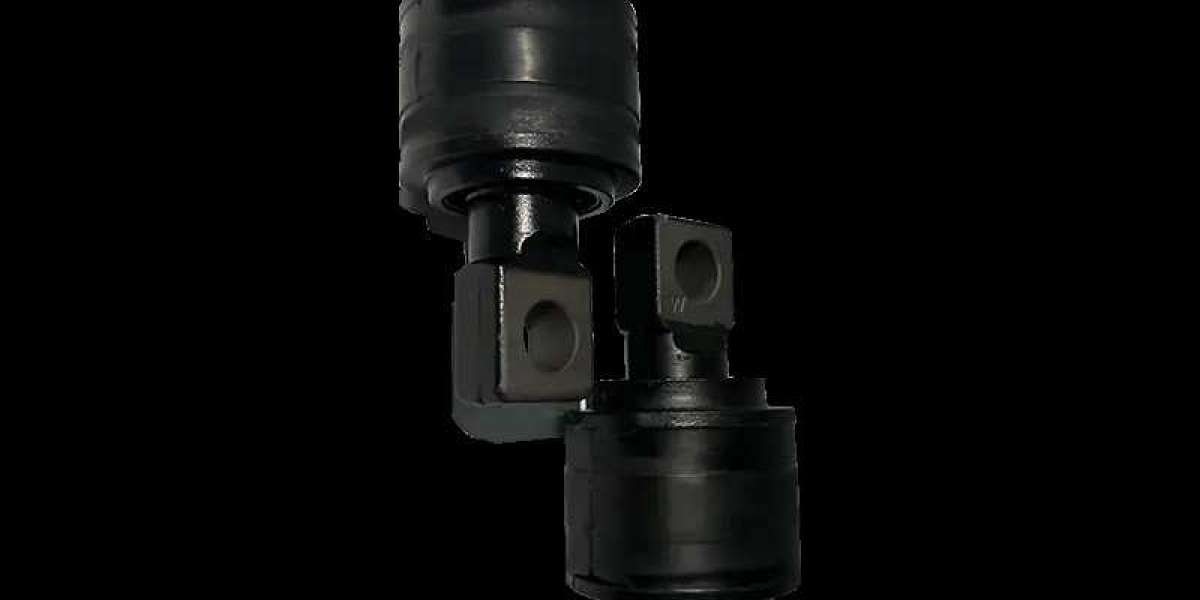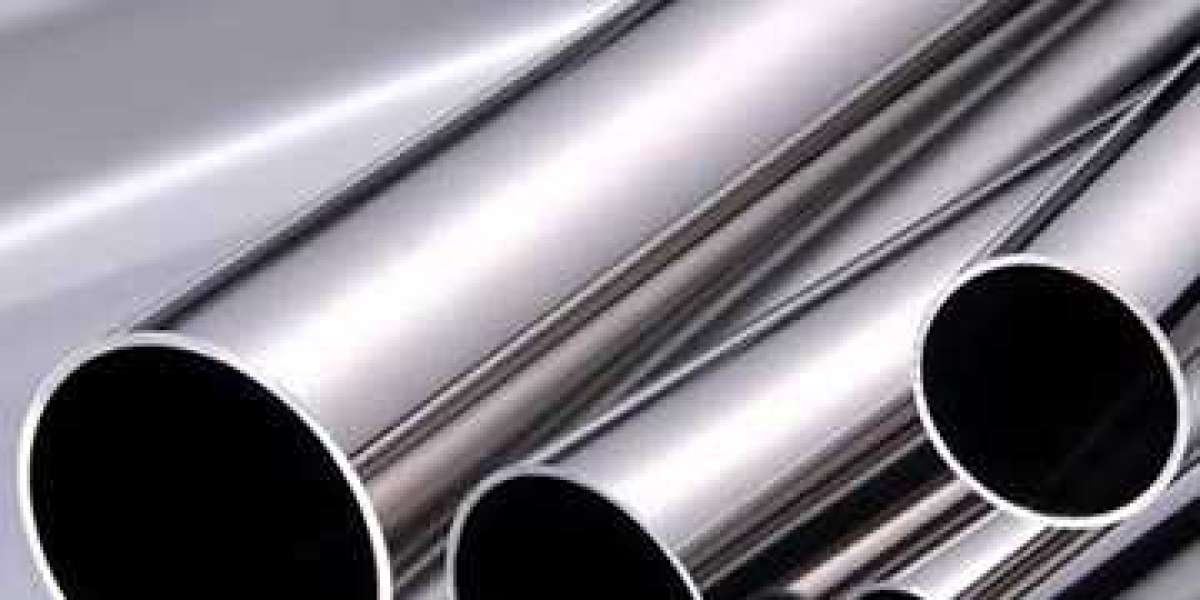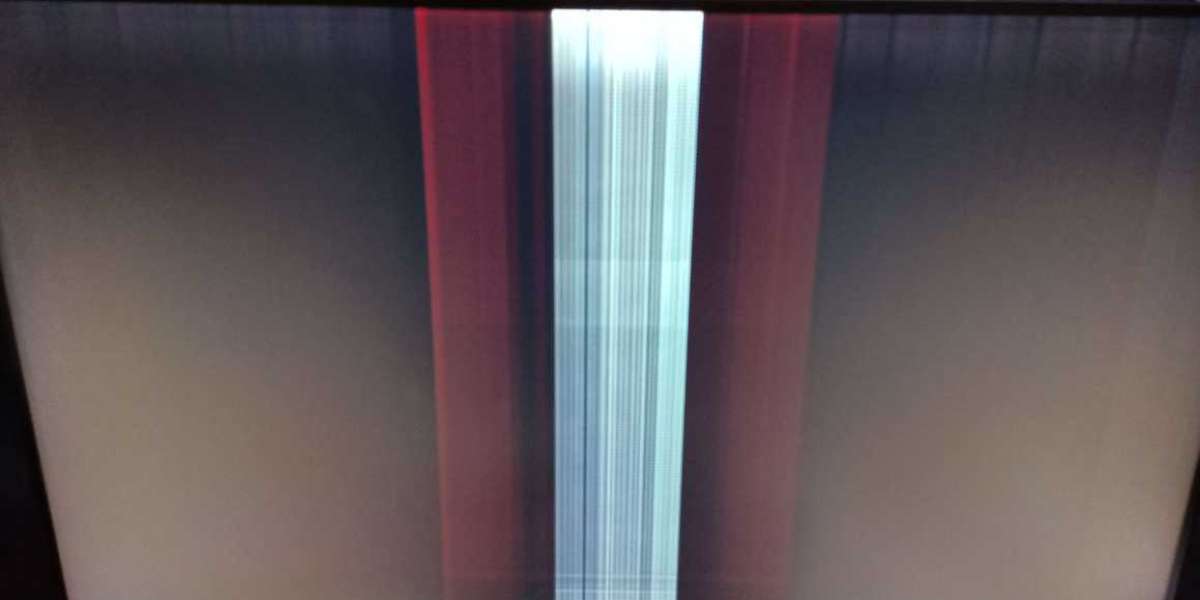In the automotive field, oil seals are key components used to seal oil in mechanical components. Their function is to isolate the parts that need lubrication from the output parts to prevent lubricating oil leakage. However, oil seal leakage problems often occur in automobile maintenance, which brings potential risks to the safe operation of the vehicle. This article will analyze the causes of oil seal leakage and propose corresponding solutions.
1. Analysis of the causes of oil seal leakage
Oil seals are usually made of rubber or other elastic materials. They will gradually lose their elasticity and sealing ability due to long-term temperature changes and pressure. Aging of oil seals is one of the main causes of leakage problems, especially in classic cars.
Excessive wear or deformation of bearings will cause the oil seal to fail to seal effectively. If there is a problem with the bearing, the oil seal will not be able to prevent the leakage of lubricating oil even if it is intact.
If the oil seal is not installed correctly during installation, it will cause oil leakage. This problem is usually caused by the lack of strict quality control and inspection during the installation process.
If the model of the oil seal does not match the engine, the sealing effect will be greatly reduced. This situation is common when an inappropriate model is selected when replacing the oil seal.
Excessive use of lubricating oil or clogged vents may also cause oil seal leakage. Excessive lubricating oil will increase the working pressure of the oil seal, while clogged vents may cause the pressure inside the oil seal to increase, causing leakage.
In some cases, oil seal leakage is caused by its quality problems. If an oil seal made of inferior materials is used, its life will be greatly shortened, leading to early leakage.
2. Solutions to oil seal leakage problems
Check the condition of the oil seal regularly and replace it immediately if signs of aging are found. Using high-quality new oil seals can effectively prevent leakage problems.
When replacing the oil seal, the condition of the bearing should also be checked. If the bearing is found to be worn or deformed, it should be replaced immediately to ensure that the oil seal can work properly.
When installing the oil seal, the manufacturer's instructions should be strictly followed to ensure that the oil seal is properly installed in place. At the same time, the installation process should be quality controlled and checked to avoid leakage caused by improper installation.
When replacing the oil seal, make sure that the selected model matches the engine. You can choose the appropriate oil seal model by consulting the manufacturer's recommendations or consulting professional maintenance personnel.
The right amount of lubricating oil should be used strictly in accordance with the manufacturer's recommendations to avoid too much or too little. At the same time, check the status of the vent regularly to ensure that it is unobstructed.
Regular vehicle maintenance can help extend the life of oil seals and other mechanical parts. For example, regular replacement of lubricating oil and keeping transmission parts clean can slow down the wear of oil seals.
In an emergency, sealants can be used for temporary plugging, but this is only a stopgap measure. Replacement of new oil seals should be arranged as soon as possible to prevent further deterioration of the leakage problem.
leakage is a common problem in car maintenance, but the incidence of leakage problems can be greatly reduced through careful analysis and the adoption of the right solutions. The key is to promptly detect and deal with aging or worn oil seals, while strengthening regular maintenance and maintenance of vehicles to ensure stable operation of the vehicle.














